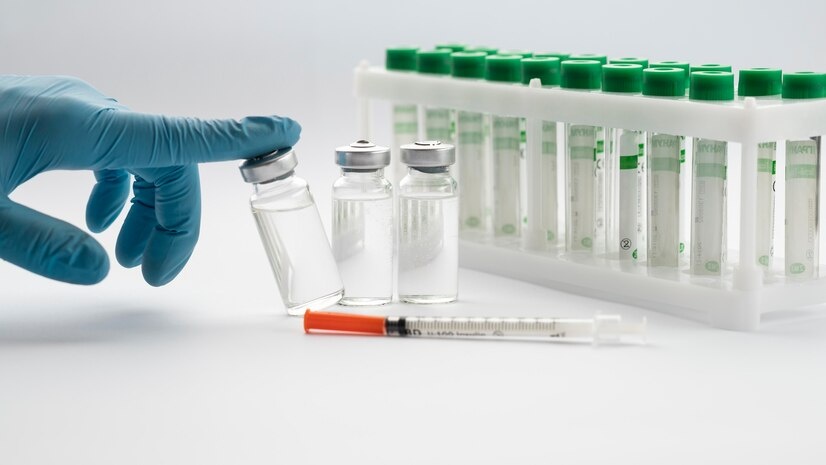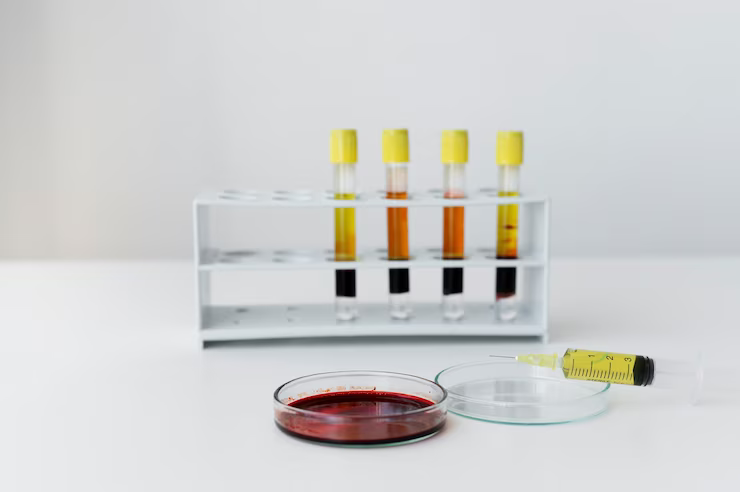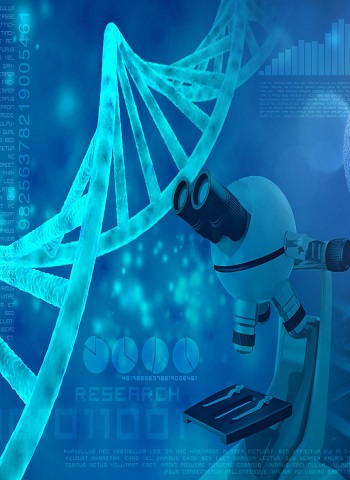In the expansive landscape of scientific inquiry, breakthroughs are often powered by ingenious tools that unlock the secrets of the microscopic world. Among these tools, Enzyme-Linked Immunosorbent Assay (ELISA) kits stand as pillars of precision, allowing researchers to detect and quantify biomarkers with unparalleled accuracy. In this article, we’ll embark on a journey through the realms of ELISA kits, understanding their significance, the mechanics behind their operation, and why they’ve become indispensable in modern research.
Imagine a world where vital information about health, disease, and the intricacies of life itself is encoded in tiny biomolecules. These biomarkers hold the answers to questions that drive scientific discovery forward. ELISA kits are the guides in this quest, offering a lens to peer into the hidden messages carried by these minuscule molecules.
Decoding ELISA Kits
Enzyme-Linked Immunosorbent Assay, or ELISA, is more than just a scientific acronym. It’s a technological marvel that transforms the body’s natural immune responses into a potent tool for detecting specific molecules. This technique bridges the gap between the macroscopic world we observe and the microcosmic realm of molecules.
The Marvels of ELISA Kits
● Pinpoint Accuracy:
ELISA kits are prized for their precision. Their ability to identify even minute changes in biomarker concentrations enables researchers to uncover subtle nuances in their studies.
● Discerning Specificity:
Specificity is the key to trustworthy results. ELISA’s antibody-based approach ensures that only the intended biomarker is detected, minimizing false readings.
● Timely Results:
Research often operates against the clock. ELISA assays provide rapid outcomes, allowing researchers to make informed decisions promptly.
● Versatility Redefined:
Whether scrutinizing hormones, infectious agents, or cytokines, ELISA adapts to various biomolecules, serving as a versatile companion across research fields.
The Essence of Biomarkers
Biomarkers, like whispers in a crowded room, hold essential information. They can be proteins, antibodies, hormones, or even genetic material. Their presence or concentration levels can illuminate the presence of diseases, monitor treatment responses, or uncover hidden physiological changes. Detecting these biomarkers accurately and swiftly is the crux of scientific advancement.
ELISA: A Beacon of Precision
At the heart of biomarker detection lies the power of ELISA kits. This technique, which ingeniously merges the principles of immunology and biochemistry, amplifies the impact of tiny biomolecules. Let’s take a journey through the steps that enable ELISA kits to provide rapid and sensitive biomarker detection.
Step 1: Preparing the Stage
Imagine a well-organized theater production. ELISA begins by coating a microplate’s surface with a “capture antibody.” This antibody is custom-designed to seek out and attach itself to the biomarker of interest.
Step 2: Blocking Unwanted Intruders
In a theater, every seat is meant for a specific audience member. Similarly, the microplate’s surface is blocked with a solution to prevent non-specific interactions. This ensures that only the intended biomarker is recognized.
Step 3: The Biomarker’s Grand Entry
The sample under investigation, containing the biomarker, takes the center stage. If the biomarker is present, the capture antibody grabs hold of it, creating a vital connection.

Step 4: Supporting Cast’s Arrival
A secondary “detection antibody” enters the scene, linked to an enzyme. This duo recognizes a different part of the biomarker, forming a sandwich-like structure around it.
Step 5: Enzymatic Showdown
Now, it’s time for an enzymatic reaction. A substrate specific to the enzyme is introduced. This catalyst sparks a reaction that produces a detectable signal. This signal can manifest as a color change, marking the interaction.
Step 6: Measuring the Applause
A microplate reader takes a bow. It measures the intensity of the signal, directly reflecting the concentration of the biomarker in the sample. This quantifiable data reveals the biomarker’s presence and concentration with impressive sensitivity.
The ELISA Edge: Rapid and Sensitive Detection
● Sensitivity Unveiled:
ELISA kits are renowned for their sensitivity. They can detect even the tiniest amounts of biomarkers, making them ideal for research scenarios where accuracy is paramount.
● Swift Results:
Time is a crucial factor in research. ELISA assays provide results within hours, an essential feature when researchers need to make informed decisions promptly.
● Specificity Guaranteed:
False positives or negatives can hinder research progress. ELISA’s specificity ensures that results are accurate and reliable, minimizing erroneous readings.
Applications of ELISA Kits
● Medical Diagnostics:
ELISA’s precision aids in diagnosing diseases like HIV, hepatitis, and cancer by detecting specific biomarkers associated with these conditions.
● Drug Development:
Researchers employ ELISA to analyze how experimental drugs affect biomarker levels, guiding the development of potential treatments.
● Biomedical Research:
ELISA assists in deciphering the mysteries of immune responses by quantifying cytokines, growth factors, and other signaling molecules.
● Environmental Monitoring:
ELISA steps outside the lab to detect pollutants, allergens, and contaminants in environmental samples.
● Diagnostic Prowess:
ELISA kits shine as diagnostic tools, unveiling biomarkers linked to diseases such as cancer, HIV, and diabetes, transforming healthcare and patient outcomes.
● Pharmaceutical Insights:
ELISA aids in drug development, offering insights into how potential treatments influence biomarker levels, accelerating the journey towards effective therapies.
● Exploring Immunology:
Immune responses become clearer as ELISA quantifies antibodies and cytokines, contributing to our understanding of immune-related diseases.
● Environmental Guardianship:
ELISA’s precision extends to environmental monitoring, detecting pollutants and contaminants that impact our surroundings.
Conclusion: The Gateway to Discovery
ELISA kits are more than laboratory tools; they’re gateways to discovery. They reveal the secrets held within biomarkers, guiding researchers toward new insights and paradigms. Every scientific leap forward is built upon meticulous research, often powered by the revelations ELISA provides.
So, the next time you marvel at a groundbreaking scientific revelation, remember that behind that awe-inspiring moment lies the curiosity-driven question, the biomarker’s message, and the unassuming ELISA kit – a beacon of innovation bridging the gap between the unseen and the understood.


